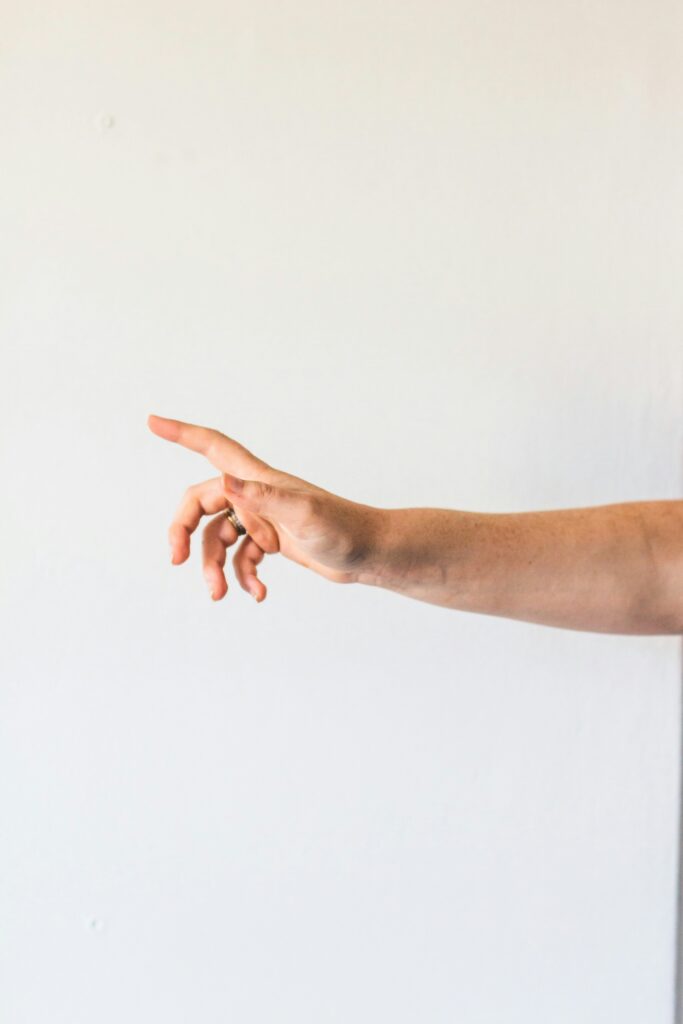Have you ever become weirdly aware of your arms or hands when you speak?
Or been distracted by a speaker’s gestures?
There’s a lot of information out there about body language and how much it matters to how we’re heard or received.
What’s less common is understanding how our gestures impact ourselves.
For example, gestures help us to:
- Generate thoughts (inhibiting gesture inhibits thinking).
- Increase speaking fluency.
- Come up with vivid ideas.
- Culturally, imply similar ways of thinking.
And the more vague or less obvious the content idea, the more elaborate the gestures become. Think about that in yourself for a moment – true?
Good speakers use gestures that reflect the clarity of their thinking.
I find this topic fascinating. Speakers can spend a lot of time considering how they come across to others – I work with clients on exactly this at times, and it’s important. Especially in high-stakes situations where you don’t want random or negative ‘signals’ to sabotage you.
But speakers barely, if at all, think about how gesture is working, or not, for themselves.
A lot of this research has been done by Dr David McNeill, whose book Gesture and Thought is well known in this field. McNeill says that gesturing helps people to speak better by clearing up their thought process.
An interesting paper by researchers at Flinders University also found that gesture could:
- Help our memory, both short and long-term.
- Ground knowledge through the visual and motor system.
- Even suppress irrelevant information.
There’s a lot in this!
Here are just a couple of examples of gesture types that help us (as well as our audience):
1. Illustrators
These represent physically what we’re saying as we’re saying it. They may:
- Emphasise a point.
- Demonstrate an action (unscrewing a jar, making a phone call).
- Show spatial concepts or shapes (big/small, high/low).
- Show flow or texture.
These are gestures that help us to think clearly as we speak. Describing an idea with your hands helps your brain to keep track of where you are.
2. Beats
Beat, or batonic (like a orchestral conductor’s baton) gestures occur simply for emphasis or keeping track. Finger or hand makes a swinging movement through the air.
To sum up:
We don’t want to become overly focused or obsessive about gesturing: this will take us in the wrong direction.
But thinking about how our movement can support us with clear thinking processes, as well as support whoever’s watching us – that’s a win for everyone.
